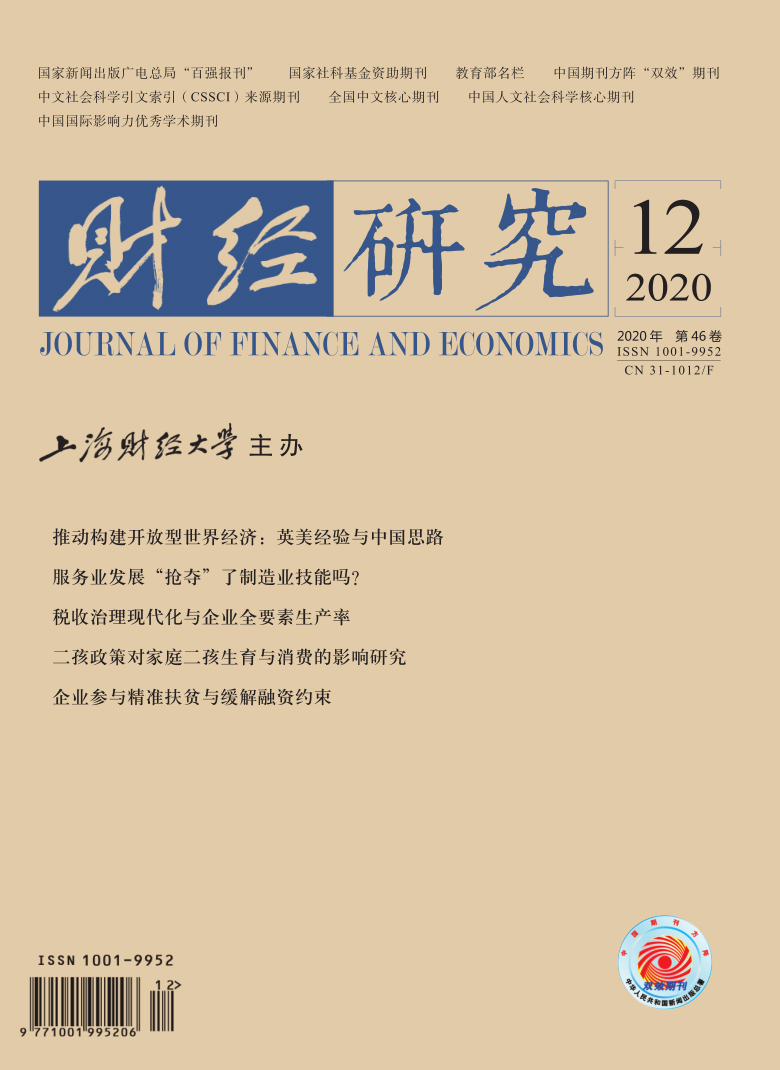Since the beginning of the 21st century, aging problem in China has gradually become more prominent, and the demographic dividend is fading. Enhancing human capital for higher labor productivity to respond to labor supply shortages has been proposed by economists. Universities in China have begun to expand enrollment since 2000, and the supply of skilled labor has expanded significantly. However, the phenomena of “difficulty in recruiting manufacturing firms” and “difficulty in finding jobs for college students” have existed for a long time, which means China’s efforts in human capital investment have not been effectively absorbed by the manufacturing industry. Although the “Baumol-Fuchs hypothesis” indicates that the development of service industry may lead to the outflow of labor from the manufacturing industry, we cannot simply conclude that service industry may “scramble” the skilled labor of manufacturing industry as service industry has become more embedded in manufacturing industry. It is significant to clarify how the development of service industry influences the skill structure of manufacturing industry for better understanding of China’s labor market and seeking a development path of integration between the development of service industry and the upgrading of manufacturing industry.
Firstly, this paper constructs a new service index at city-level by incorporating inter-city distance based on existing research. Secondly, empirical study shows that the development of service industry has a stronger negative impact on the firm’s skill structure if it belongs to the industry that demands more service inputs. On the one hand, this negative impact performs in the “Division Effect”, i.e. as manufacturing industry requires more service input and the division of labor goes deepening, the development of service industry promotes the natural outflow of skilled labor from manufacturing industry; On the other hand, competition in the labor market has caused an involuntary shortage of skilled labor in manufacturing firms, i.e. the “Competition Effect”. Further research also shows that the quality of life has a significant impact on the employment, and the provision of public services and life services helps to alleviate the “Competition Effect”.
This paper tries to contribute to the literature as follows: Firstly, to our knowledge, this is the first attempt to identify the causal effect of the development of service industry on the skill structure of manufacturing industry, which provides new evidence and perspectives on the inter-industry labor transfer for the “Baumol-Fuchs hypothesis” and extends the research of relationship between manufacturing industry and service industry. Secondly, this paper constructs a new city service development index, which not only helps to accurately measure the availability of intermediate service inputs by firms in cities, but also is more consistent with the reality of firms’ cross-regional choice of intermediate services. Finally, this paper discusses in details how the government can alleviate the negative effect of the “Competition Effect” through the geographical layout and infrastructure support of manufacturing industries. This not only provides feasible solutions to maintain the competitiveness of manufacturing industry to respond to rising labor cost, but also has a conductive effect on the transformation and upgrading strategies of manufacturing industry in the background of the “service-oriented economy”, and has implication in policy-making for local governments to attract talents.






 4147
4147  4631
4631

